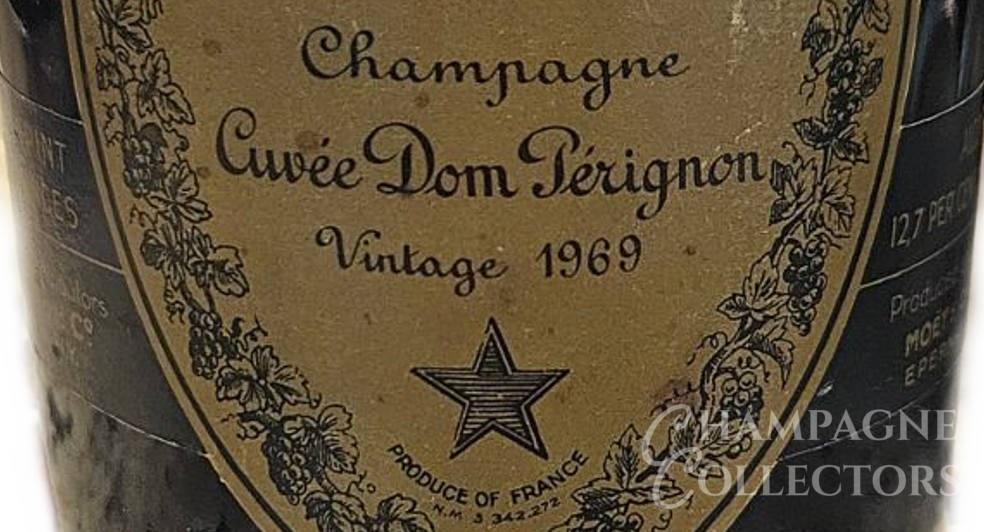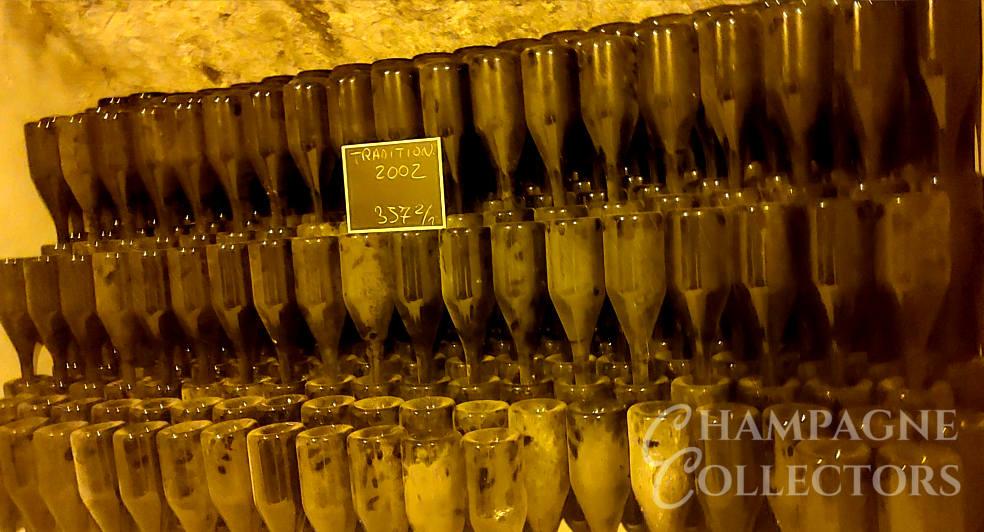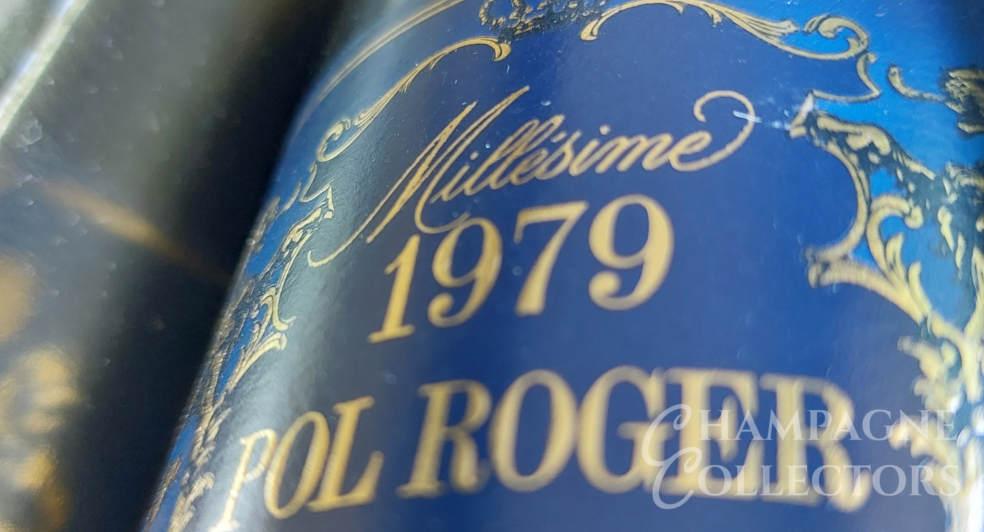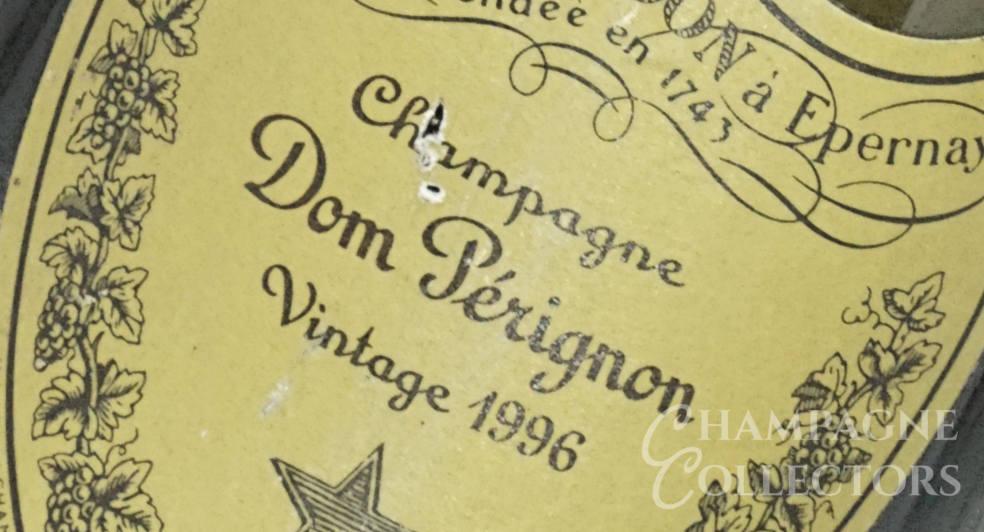You have found an old bottle of Champagne and you would like to know how old it is and how much it is worth so let's take a look at how to identify the age.
"The first rule to remember is that vintage does not mean old when it comes to Champagne, it means that the wine inside the bottle is made from the grape harvest of one year only."
Most Champagne that is produced is non-vintage (NV) and it will not contain a year on the bottle. This is because NV Champagne is made up from a blend of many years. It will be aged for a minimum of 15 months where usually 12 months will be on lees and then a further 3 months resting after disgorgement. Most Champagne that is produced will be NV.
Vintage Champagne is produced exactly the same as NV, though it is required to have longer aging which is set at a minimum of 36 months though many houses opt for longer aging to extract more influence from the lees (bread / nutty characters). These vintage Champagne bottles will contain a year on the label from the harvest they were produced.
"Do not get confused by any other years quoted on Champagne bottles as many houses will state the year they were founded so look out for 'maison fondée en' before a usually very old year!"
Where will the vintage year be stated?
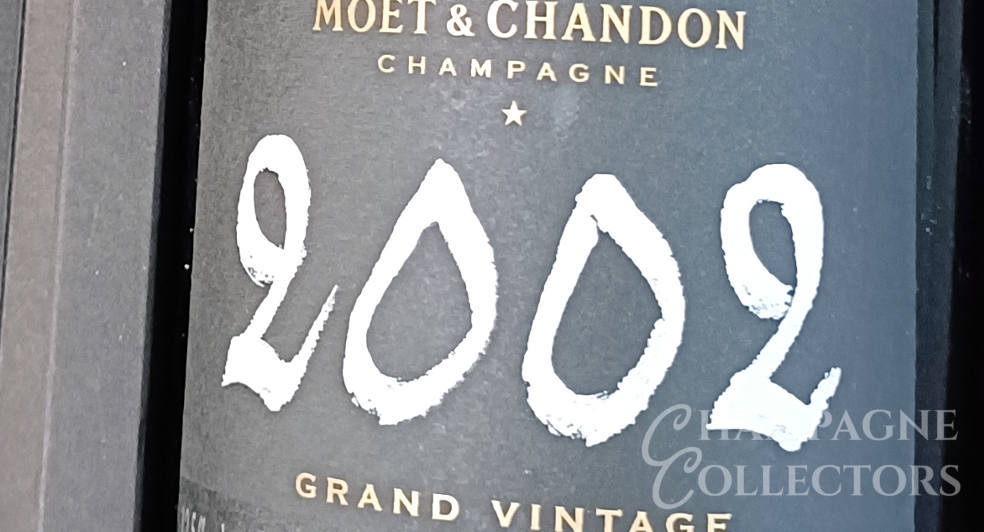
Most times the vintage year of your Champagne will be clearly stated (are per image above) on the front of the label. It can be accompanied sometimes by the text 'millesime' or 'vintage'.
Other times the vintage year might still be glaring at you, but you need to know where to look in order to find it. For instance the Louis Roederer CRISTAL labels will have the vintage added to the central logo (as per the image below).
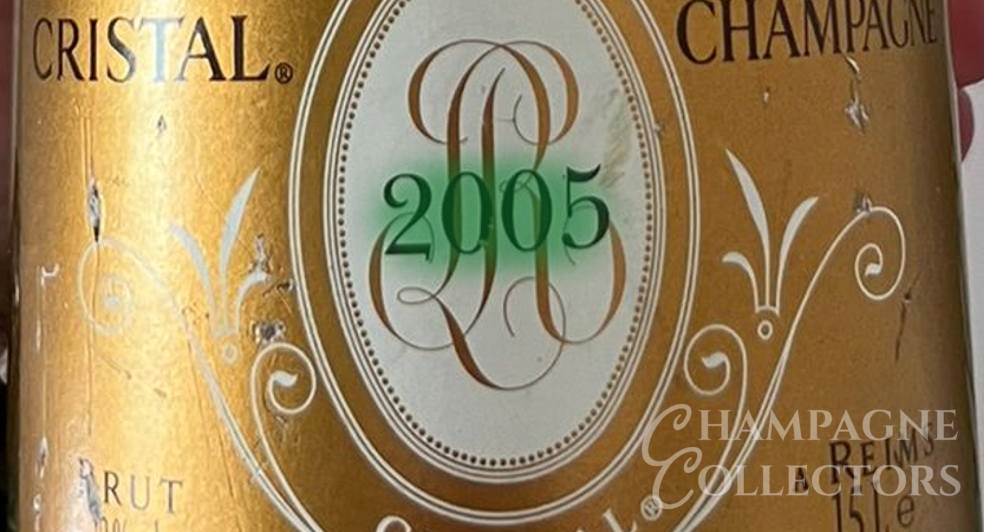
You might also wish to check the back of the label is you are unable to find a vintage year on the front label. The back label can sometimes contain added information about the bottle and is a useful backup should your front label be damaged. Vintage years are also placed on the neck area of the bottle or via a separate mini label on the lower neck area (as per the image below).
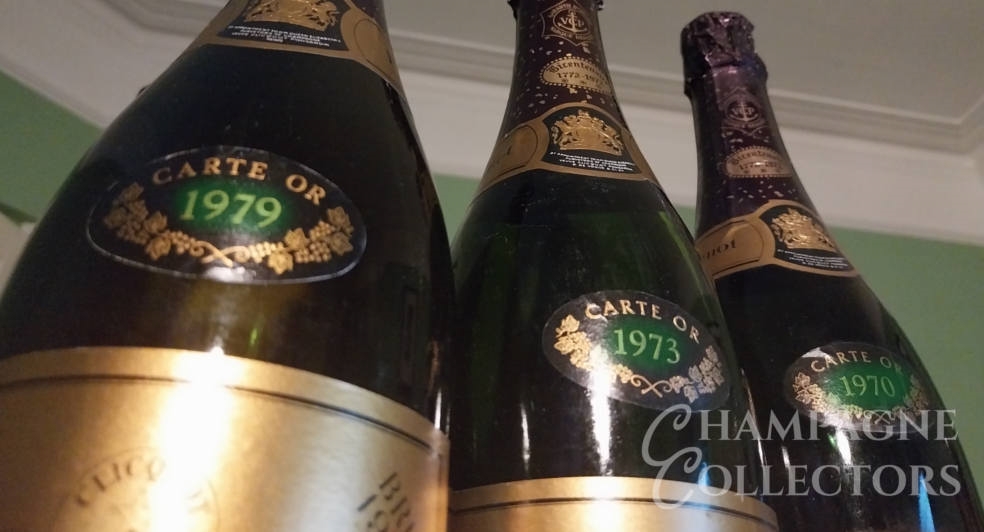
Don't forget that if you are really stuck for finding a vintage year stated it might be that the bottle is not in fact a vintage at all! It may also help you to search on Google for your bottle and see if via the image results you can spot your label and see what has been written about it. You can also ask other Champagne collectors for advice and help or if you feel you have a very old bottle, then nothing stops you from reaching out to the winery itself!
